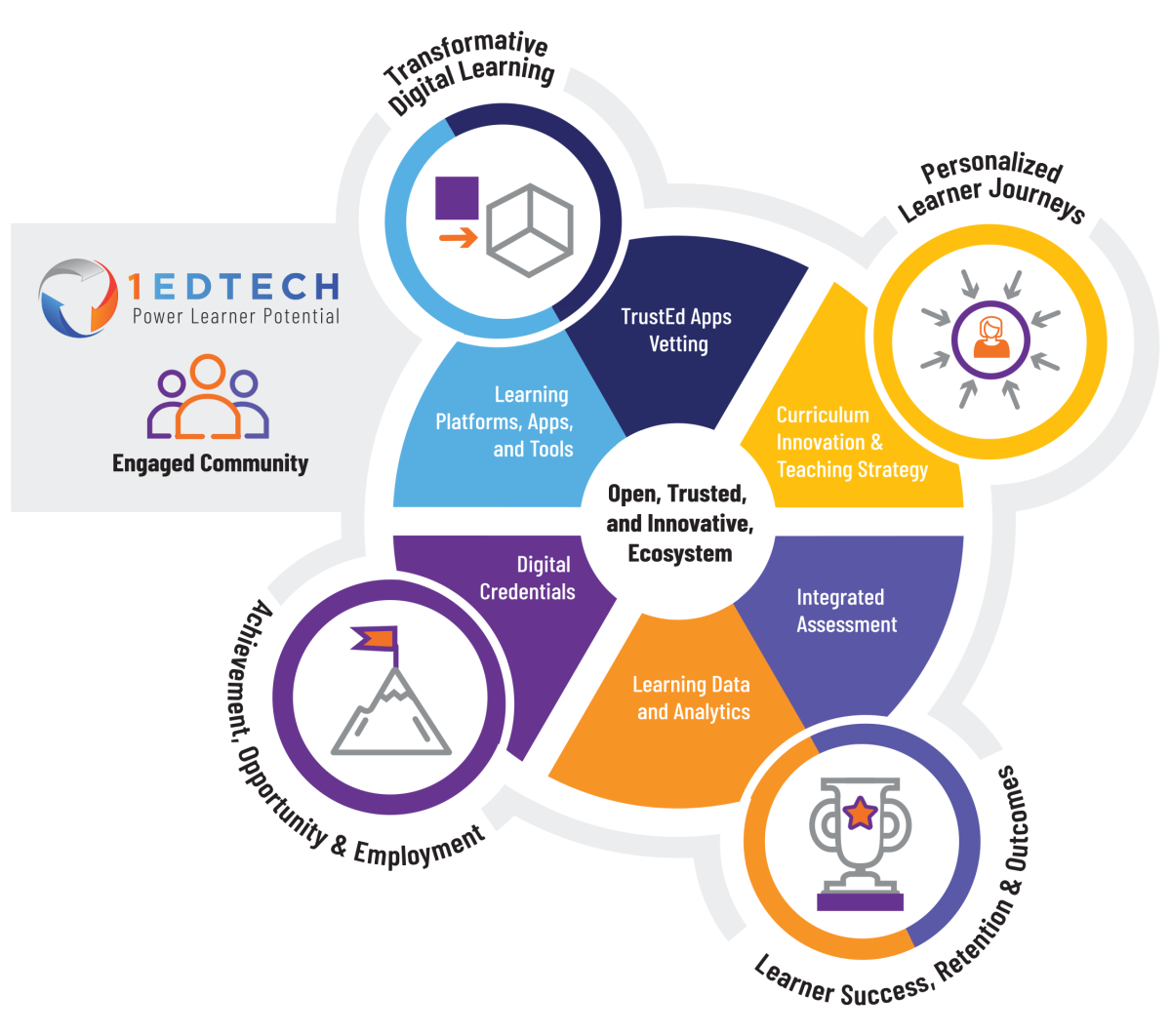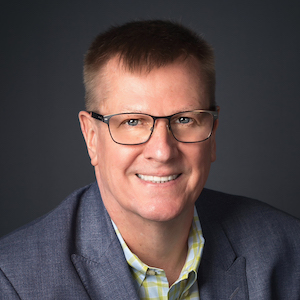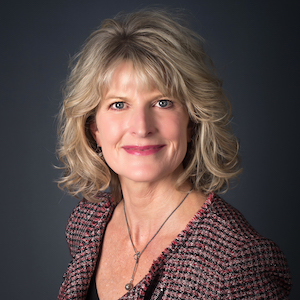Contributed by:
Rob Abel, Ed.D., Chief Executive Officer, 1EdTech
January 2023
Three Words that Describe the EdTech Ecosystem We Are Building Together: Open, Trusted, Innovative
Happy 2023 everyone! Your 1EdTech Consortium finished 2022 with 864 member organizations, adding 167 net new members. That's a new record!
Will 2023 be another record year for our community? I don’t know. But I do know that our community of leading institutional and supplier members spanning K-12, higher education, and corporate learning will further the spread of an edtech (including digital credentials) ecosystem that, as we like to say, can power learner potential.
The 1EdTech brand came out of many years prior in which we purposely evolved the primary focus from “standards” to “ecosystem.” We did this because it is an edtech ecosystem in which products work together to meet the needs of institutions, faculty, and learners, which is the primary objective. Interoperability standards make an ecosystem possible but do not create an interoperable ecosystem by themselves. A concerted community collaboration creates the ecosystem.
Most importantly, what the ecosystem enables are better learner experiences. The learner has been our call to action since 2007, when we held our first Learning Impact Conference and adopted the @LearningImpact Twitter handle.
Today our community is growing an edtech ecosystem in which products are expected to work together, and digital credentials—representing learner achievements—are expected to be transferrable across education and work.
Three words that mean very specific things to our community describe this ecosystem: Open, Trusted, and Innovative.
The Ecosystem We Are Shaping
Open: Connectivity based on open standards as the first option; choice enabling
Trusted: Safe, transparent, verifiable, engendering lasting partnerships
Innovative: Catalyzing advancements in education and digital learning
Open
An open ecosystem lowers the barriers to entry for new products to work with other products and for credentials from many learning experiences to be easily curated, transmitted, and received. Open means that we expect that institutions can construct ecosystems from the widest possible range of digital products and platforms and that those products and platforms do not form the infamous "walled garden" or closed ecosystem. The same goes for digital credentials that are generated. Choice, evolution, and opportunity enabling are the tests that must be met.
Trusted
A trusted ecosystem is made safe through transparent policies and practices with respect to privacy, security, accessibility, and connectivity. But the most important to the 1EdTech community is verification. Open standards enable evolution, choice, and opportunity but only if they are implemented consistently across the ecosystem and as the first choice for product integrations. Trust builds, sustains, and grows through community verification that products and credentials meet the criteria for being open. In 1EdTech, our community addresses this through mutually beneficial certification, development resources, and diagnostic tools. Ecosystems without a community-supported verification drift toward private purposes and away from reliability.
Innovative
When verified open ecosystems spread across the industry, then innovators thrive. They can easily take advantage of existing platforms and capabilities without reinventing. In the 1EdTech community, we go far beyond lowering barriers to entry by also encouraging specific areas of innovation that institutional and product leaders see great promise in.  We call these areas of innovation our workstreams, and we coordinate them closely with our four strategic leadership imperatives (aka strategies) for the future. We also ensure consistency across the ecosystem, which means that innovation can be affordably scaled to reach all stakeholders.
We call these areas of innovation our workstreams, and we coordinate them closely with our four strategic leadership imperatives (aka strategies) for the future. We also ensure consistency across the ecosystem, which means that innovation can be affordably scaled to reach all stakeholders.
Is an open, trusted, and innovative edtech ecosystem achievable? Well, it doesn’t happen through magic or the same old approaches. It happens when hundreds of leading organizations create an ecosystem foundation they can leverage to meet their unique needs.
I encourage you to read some ways that 1EdTech members are powering learner potential by checking out the vignettes for each of our four leadership imperatives.
-
Enabling transformative teaching and learning that rises above
-
Creating a better future, one student at a time, with personalized learning
-
Helping learners tell their stories with better digital credentials
I look forward to seeing you at our Digital Credentials Summit (February 27 – March 1, Dallas, TX, USA) and Learning impact 2023 (June 5-8, Anaheim, CA, USA).




